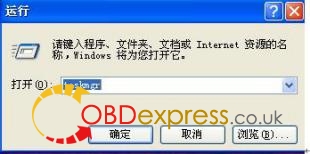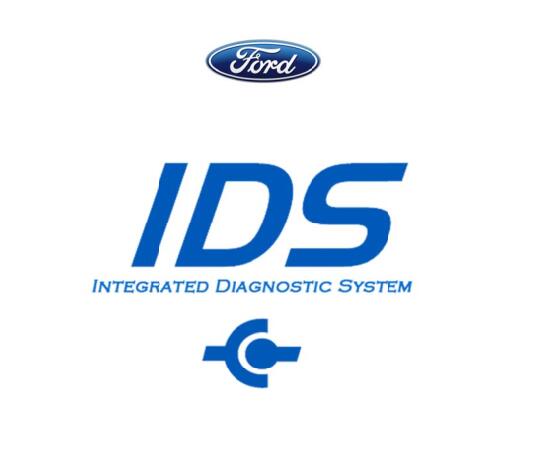

- #FORD IDS LICENSE HACK UPDATE#
- #FORD IDS LICENSE HACK SOFTWARE#
- #FORD IDS LICENSE HACK BLUETOOTH#
- #FORD IDS LICENSE HACK DOWNLOAD#
In particular, make sure to backup the modules - they could be your only chance at recovery if you make a mistake! Disclaimer: If you choose to carry out any of the hacks in this blog post, you do so entirely at your own risk. As I said before, don't be tempted to skip steps - it's important to get it right. Once you've downloaded FORScan, follow the instructions in this Google Doc.
#FORD IDS LICENSE HACK DOWNLOAD#
At the time of writing, the latest version is 2.3.21 beta, but just download the latest. So, to get started, you'll need to download FORScan for Windows from the Download page.
#FORD IDS LICENSE HACK SOFTWARE#
Fortunately, they offer a free 2-month trial (and you can repeat the trial as often as you like), but if you want to support the development of the software then you can buy a license from $10 upwards. You will also need to obtain an Extended License for it, since the features we want are not available in the Standard License. We need to use the desktop software which is unfortunately only available for Windows - if you're a Mac user, then it should work using Parallels or similar!
#FORD IDS LICENSE HACK UPDATE#
There are Lite versions for Android and iOS that let you read basic vehicle information but don't let you update the settings we want to change. FORScanįORScan is the software that we'll use to update these settings.


If your laptop only has USB-C ports, then you'll need a USB-C adapter or a USB-C hub to connect the OBD2 adapter with.
#FORD IDS LICENSE HACK BLUETOOTH#
Not only is it much cheaper than WiFi or Bluetooth versions, but it works really well and even has a switch to read both MS-CAN and HS-CAN - this gives you access to more settings. I'd recommend this OHP ELMconfig Forscan OBD2 USB Adapter from Amazon. I like using the wired USB adapter when making changes with FORScan. I've owned several over the years - some use WiFi, some use Bluetooth, and some are just connect via USB. This might sound complicated, but it's very simple - it lets your computer (or phone) communicate with your vehicle via its Onboard Diagnostic (OBD) port. There are just 3 things you need in order to update these settings: From my perspective, I've had the truck in for service and repair work at several different dealers and have never bothered to undo them - even the very obvious ones. Whether these impact your warranty is a grey area. But modifying settings via the OBD-II port needs to be done very carefully - making mistakes can potentially cause damage to the vehicle.Īlthough the process is straightforward, take your time to read the instructions carefully - don't be tempted to skip steps.Īlso, some people like to "undo" these changes before taking their vehicle to a dealer for service or repair work. Depending on your vehicle's features, some of these may not be available to you, but plenty more should be! Is it safe? I've written this guide with our 2016 Ford F-150 Platinum in mind, but the same techniques work on almost any relatively new Ford vehicle.

Ford vehicles in particular use this a lot - and free software called FORScan makes this accessible to anyone! Same if you have new tires installed - they use that port to reset the Tire Pressure Monitoring System (TPMS) for the new tire.īut why do we care? Well, in addition to reading error codes (which can be very useful), some vehicles also allow you to modify lots of hidden settings with it. Have you ever had a warning light on your car, and taken it into a garage for service? Odds are, the first thing they did was plug a tool into that port. The OBD-II port is usually just under dashboard beneath the steering wheel and looks like this.


 0 kommentar(er)
0 kommentar(er)
